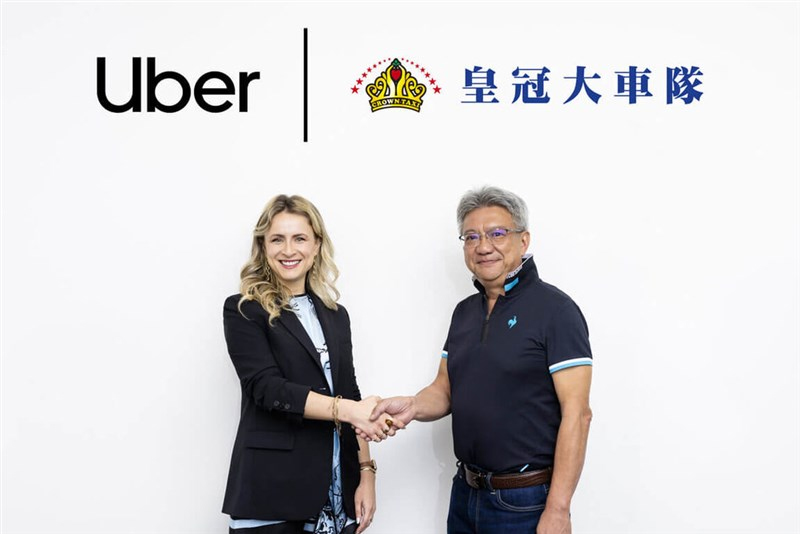In a move that underscores its long-term commitment to Taiwan’s dynamic mobility sector, Uber announced plans to acquire Crown Taxi, one of Taiwan’s largest local taxi operators. This landmark acquisition — still pending regulatory approval — aims to integrate traditional taxi services with Uber’s digital platform to enhance convenience, efficiency, and coverage, especially in under-served areas.
🧭 A DEEP DIVE INTO THE NEWS
🛞 Uber’s Long-Term Vision in Taiwan
Uber’s acquisition of Crown Taxi is not a sudden leap. The two companies have been collaborating since 2017, with Crown Taxi dispatching drivers through the Uber app. This acquisition is seen as a natural evolution of that partnership. Uber Taiwan General Manager Margarita Peker highlighted that the deal signifies a deepened investment in one of the world’s “most mature and competitive digital ride-hailing markets.”
With this move, Uber is not simply adding a taxi fleet to its system — it’s bridging the gap between the legacy taxi infrastructure and modern ride-hailing technologies. The acquisition signals a paradigm shift where traditional taxis and technology platforms no longer compete but collaborate and converge.
🚖 Crown Taxi’s Role and Strategic Value
Founded in 2011, Crown Taxi has built a reputation for professional service and a solid network of drivers throughout Taiwan. Its integration into Uber’s system will likely:
- Expand Uber’s geographic reach into suburban and rural regions.
- Provide existing Crown Taxi drivers with access to Uber’s backend systems and wider customer base.
- Increase ride availability during peak times and improve service consistency.
Chairman Wu Chun-te of Crown Taxi expressed optimism, saying the deal opens “new development opportunities” for the company and its drivers.
🧑💼 What It Means for Drivers and Riders
If regulatory agencies approve the deal:
- Drivers: Crown Taxi drivers will be onboarded to Uber’s platform, possibly gaining access to benefits such as digital navigation, dynamic pricing, and customer ratings — features that can enhance service quality and driver income.
- Riders: Commuters may enjoy improved service availability, more vehicle choices, and faster pick-up times, particularly in areas where transportation options are currently limited.
Uber emphasized that both Crown Taxi and Uber will continue operating during the transition, ensuring service continuity.
🤔 WHY IT MATTERS
This acquisition reflects broader global trends:
- The blurring lines between traditional and app-based transportation models.
- A push for market consolidation in the face of rising competition and regulatory scrutiny.
- Growing emphasis on local partnerships to ease market penetration and gain public trust.
In Taiwan, the move also has political and regulatory significance. Ride-hailing has faced resistance from traditional taxi unions in the past, and Uber’s attempt to work within the system — rather than disrupt it — shows a matured business approach and an understanding of local sentiments.
🗂️ FAQs
Why is Uber acquiring Crown Taxi?
Uber aims to integrate traditional taxi services with its digital platform to expand service coverage and improve operational efficiency, especially in less accessible areas.
Will this affect Crown Taxi drivers?
Yes, they are expected to transition to Uber’s platform, gaining access to digital dispatch tools and potentially more ride opportunities.
What changes can riders expect?
Riders may see increased taxi availability, shorter wait times, and more service options — particularly in non-urban regions.
Is this Uber’s first acquisition of a local taxi company?
While not globally, this is Uber’s first major acquisition in Taiwan, and it represents a unique blend of traditional and tech-based transportation.
When will the acquisition be finalized?
The deal is still subject to regulatory approval, and no final timeline has been announced.


